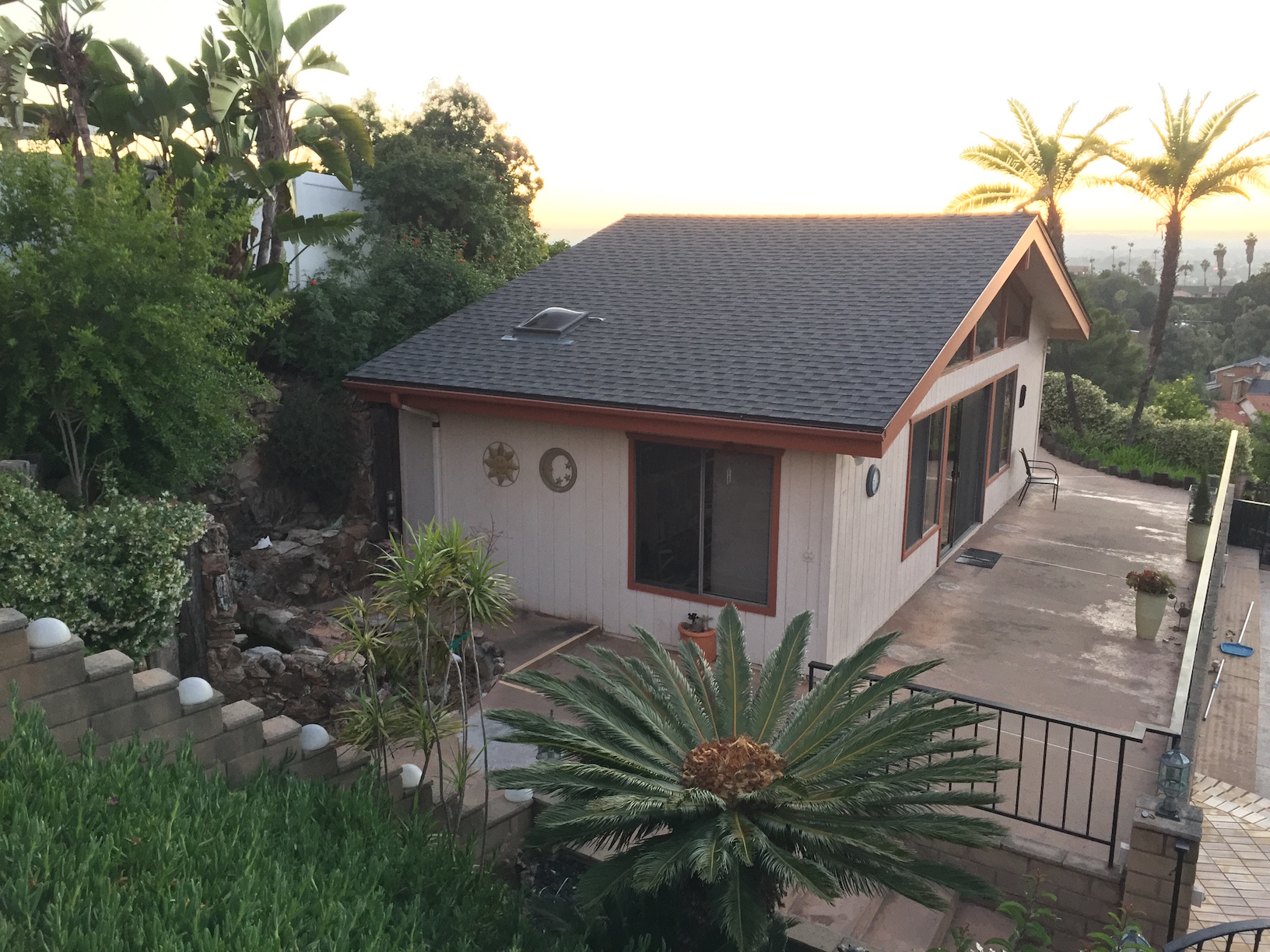
23 May Going Solar, Day 9
Today was a big day and the house was a beehive of activity.
The solar system is installed! Installation went smoothly and fairly quickly. Because the inverter was installed earlier when they came to install the stand-offs, they had a big head start. While one of Sullivan’s electricians worked to complete the wiring at the inverter and panel, two others worked to prepare the panels on the roof. First they installed grounding wires and other infrastructural wiring before setting the panels themselves. Our system consisted of 22 285W panels on two different roof faces. They also climbed into the attic and ran an ethernet cable from the inverter panel to our internet router. Doing this will allow Sullivan to remotely track activity on our inverter and monitor the capacity of our system.
As they were wrapping up, Sullivan’s electrician showed me that our meter was running backwards. We were generating electricity! But since our system hadn’t been inspected yet by the county inspectors or the utility, we placed the system into standby mode.
Tomorrow, the county inspector will review the installation. After we pass that inspection, we’ll notify our electric company that we’re ready for them to come and inspect it. Once the utility company approves the installation, we’ll receive what’s called a PTO (Permission to Operate) notification. Sullivan will also receive that notification and they’ll take the system out of standby remotely from their offices. Then, we will officially be solar powered! They expect this to happen in a week or so.
By the end of the day, the roof was also complete. They plan to return tomorrow to finish some painting and clean up from the carpentry work they had done on the eaves.
Aside from finding more water damage under our old shingles than we’d expected, the project had gone according to plan, so far. But as I stood back and looked at our new roof and solar system from the front of our house, I realized we had not considered an important factor. Because of the orientation of our home, our solar panels are on the front of the house. While the new roof looked great, our roof is low, and we didn’t consider unappealing the view of the underside of the solar panels. Because our roof height and pitch are both low, as we stood in the driveway, we could see all the wiring and guts under the panels, and it didn’t look good.
This was an important lesson learned: we had thoroughly looked at the panels from the top satellite perspective, from an orientation and shading perspective, from an installation perspective, and from a financial perspective. However, we had overlooked views from aesthetic street level and curb appeal.
I called both of my reps at Sullivan and they were immediately understanding. I asked if there was a way to lower the panels closer to the roof. I noted that many solar installations have the solar panels fairly close to the roof or higher up off the ground, and you can’t see under the panels. However, they explained that their installations have a clearance of almost 6” underneath them to ensure good air flow beneath the panels to help them keep cool. The panels become less productive if they overheat.
They suggested a valence or skirt around the visible exposed sides that would conceal or reduce the view under the panels. They vowed to work with me to find a solution that we’re satisfied with.
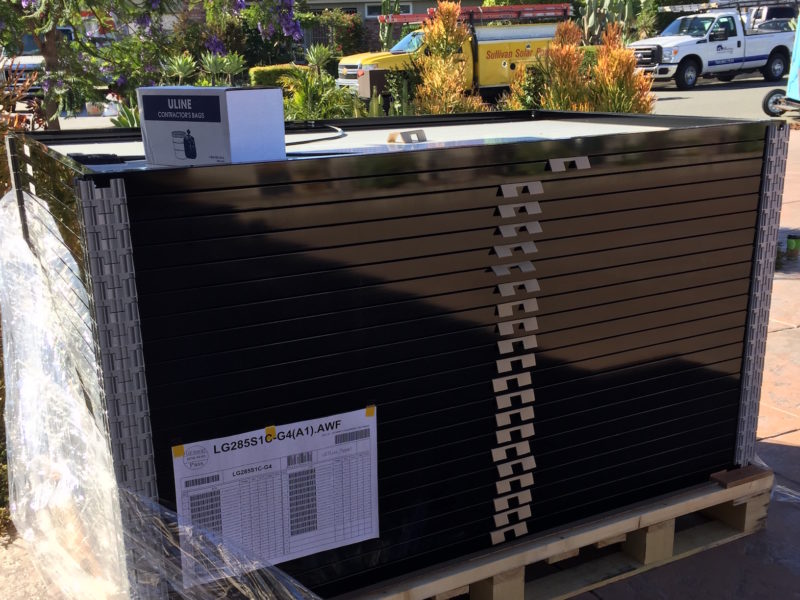
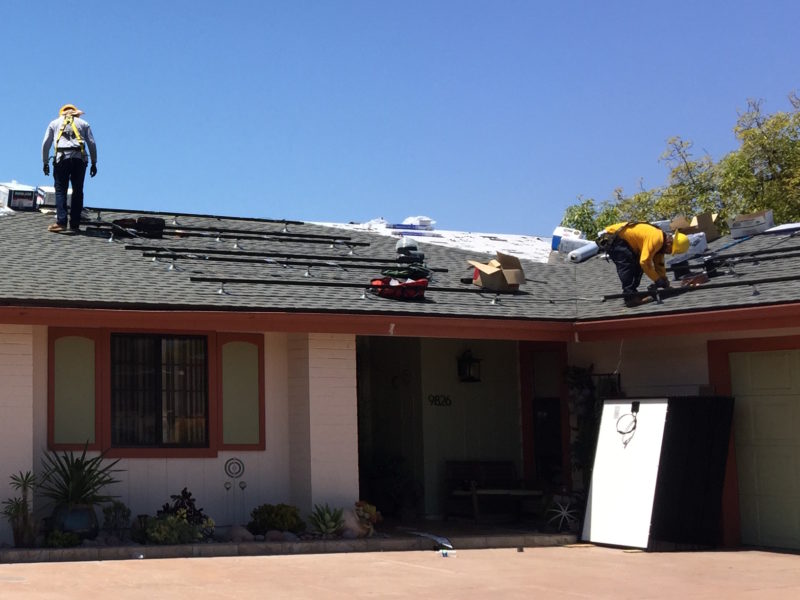
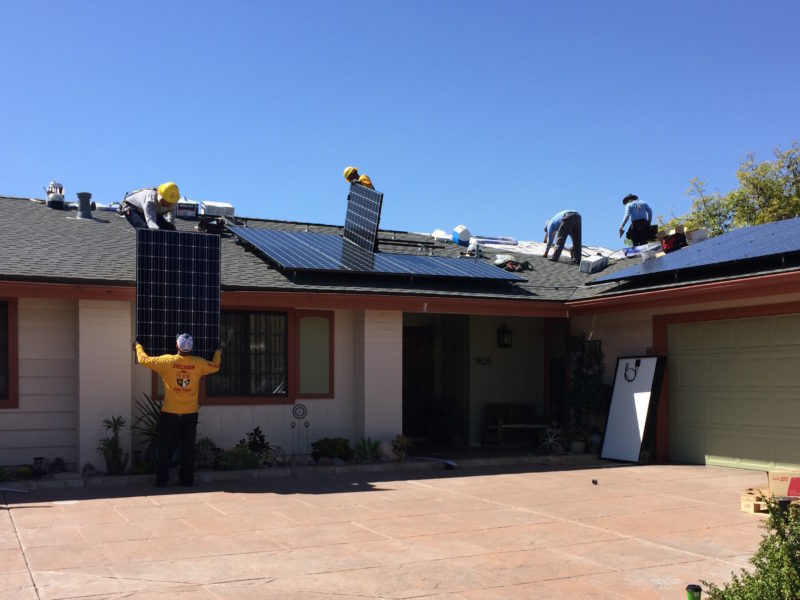
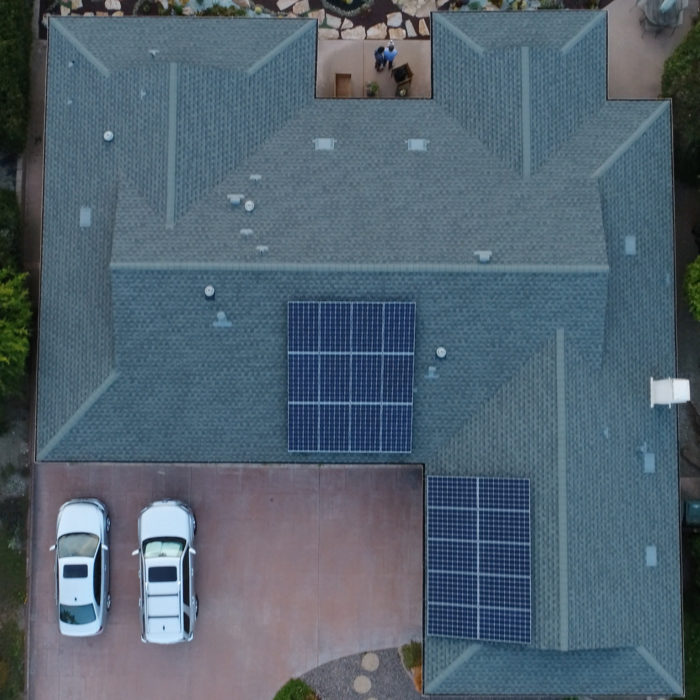



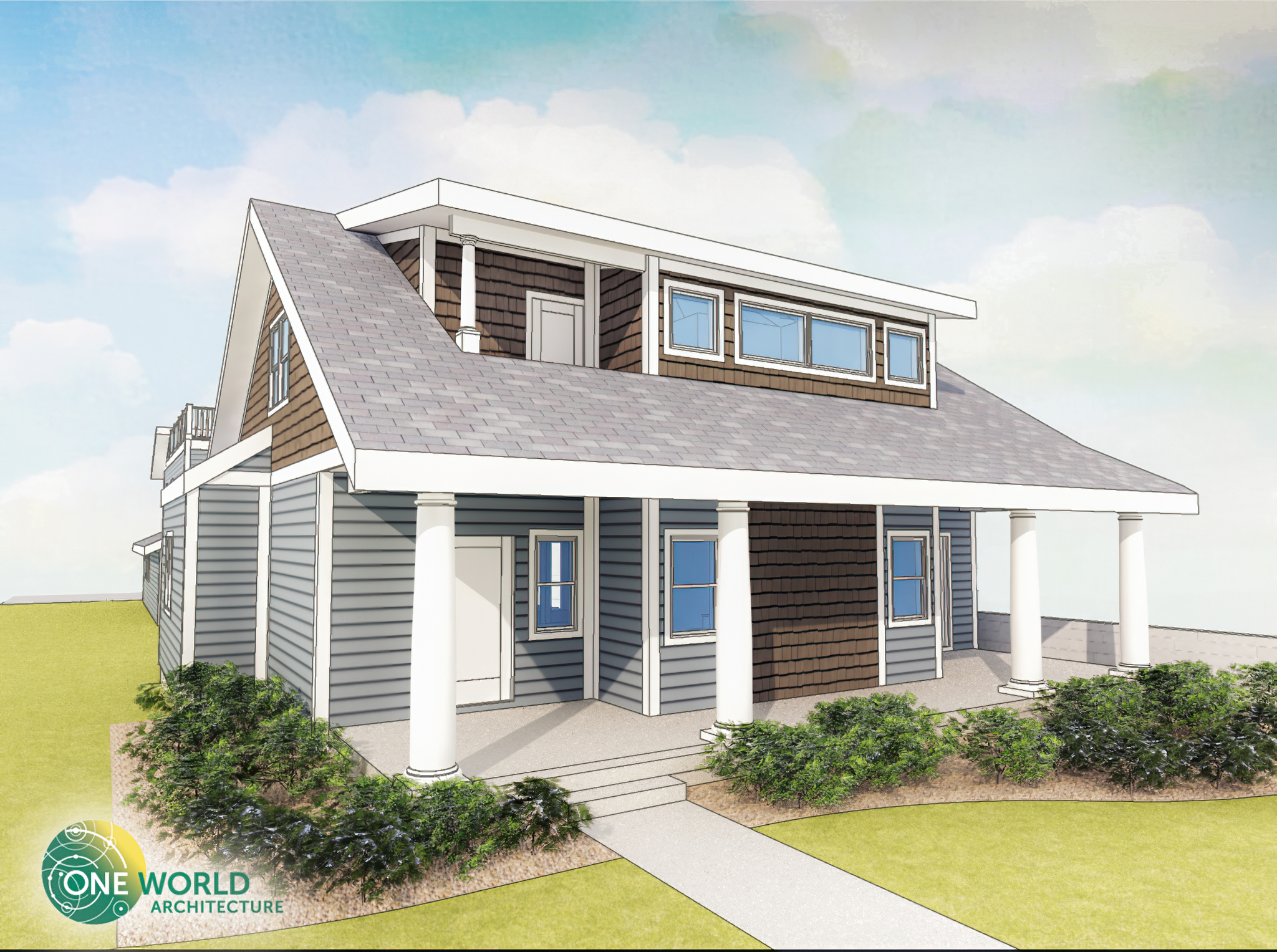
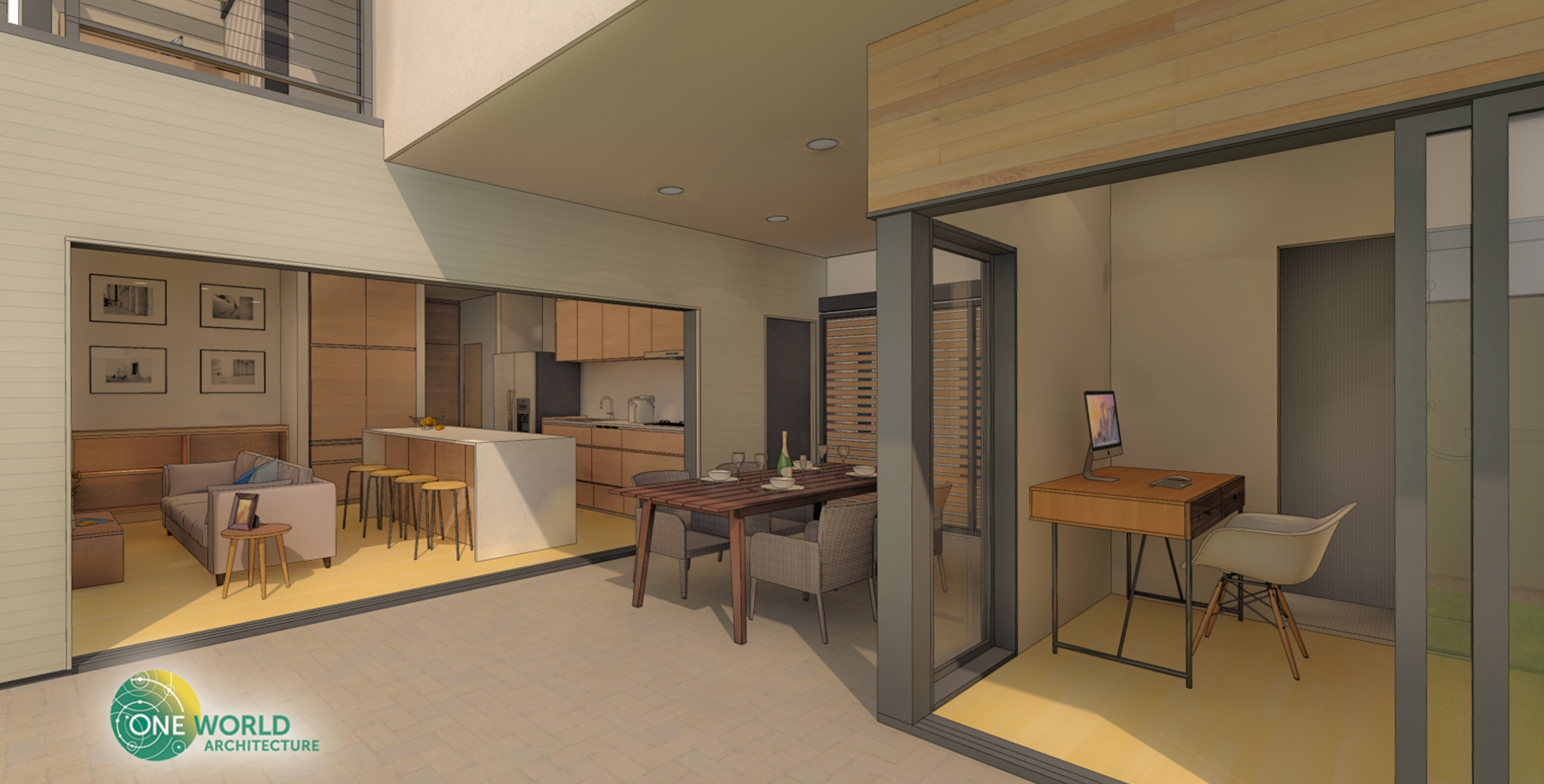
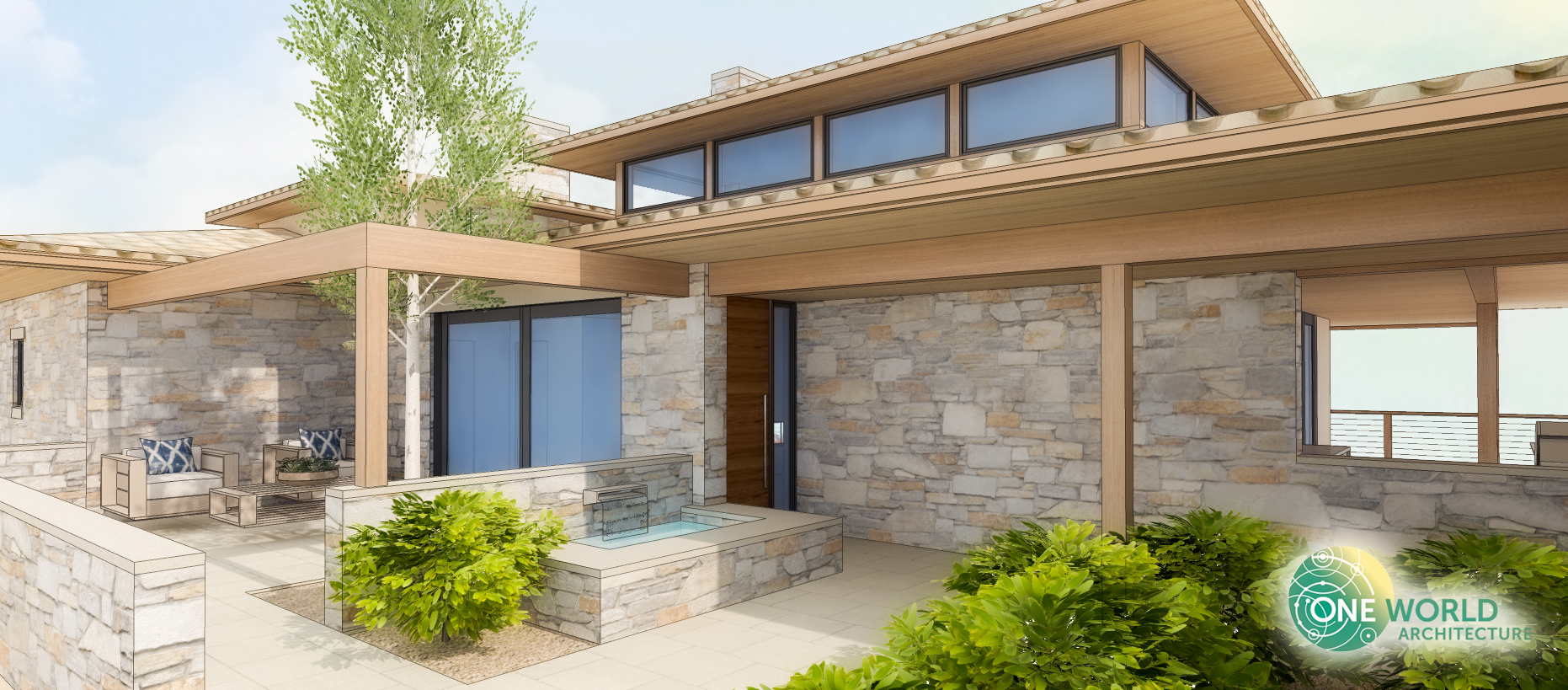

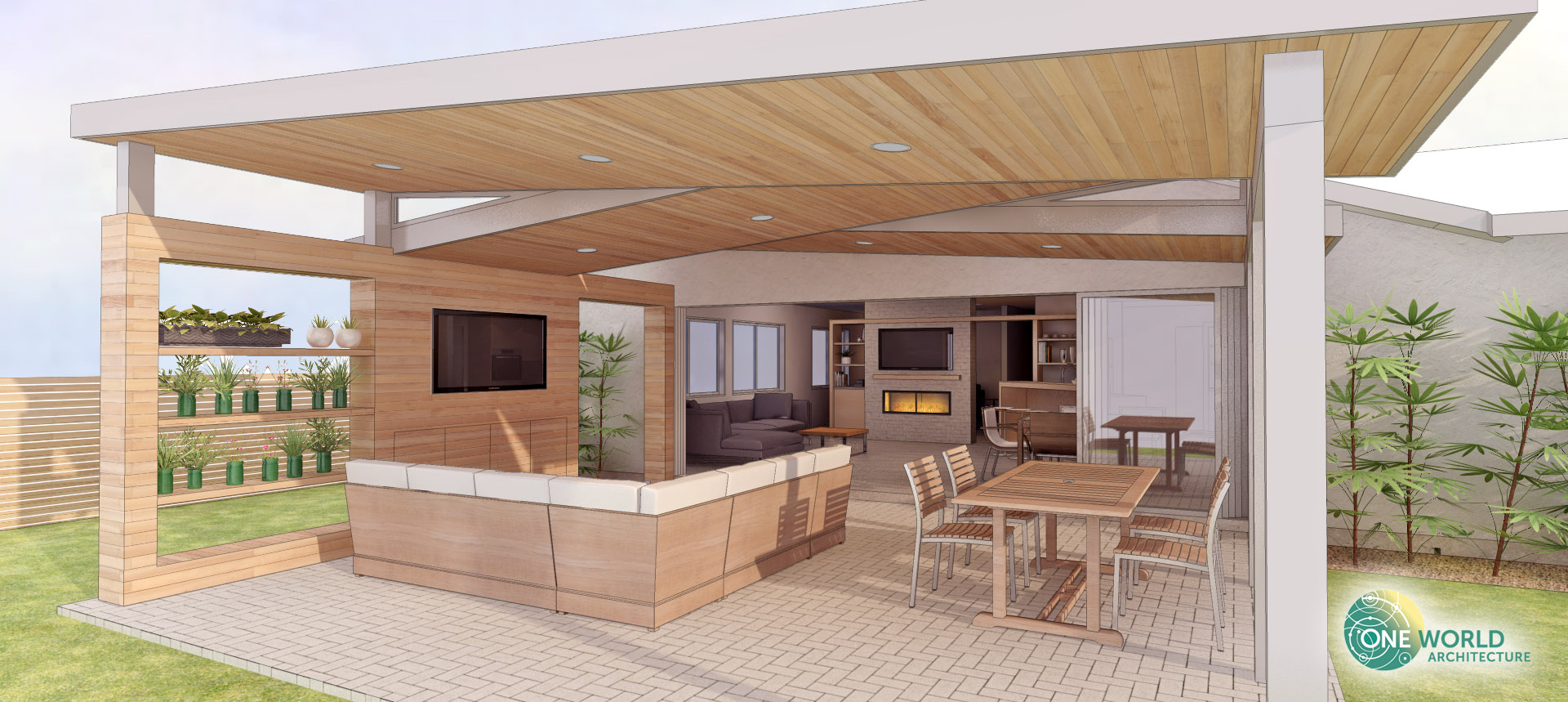
No Comments